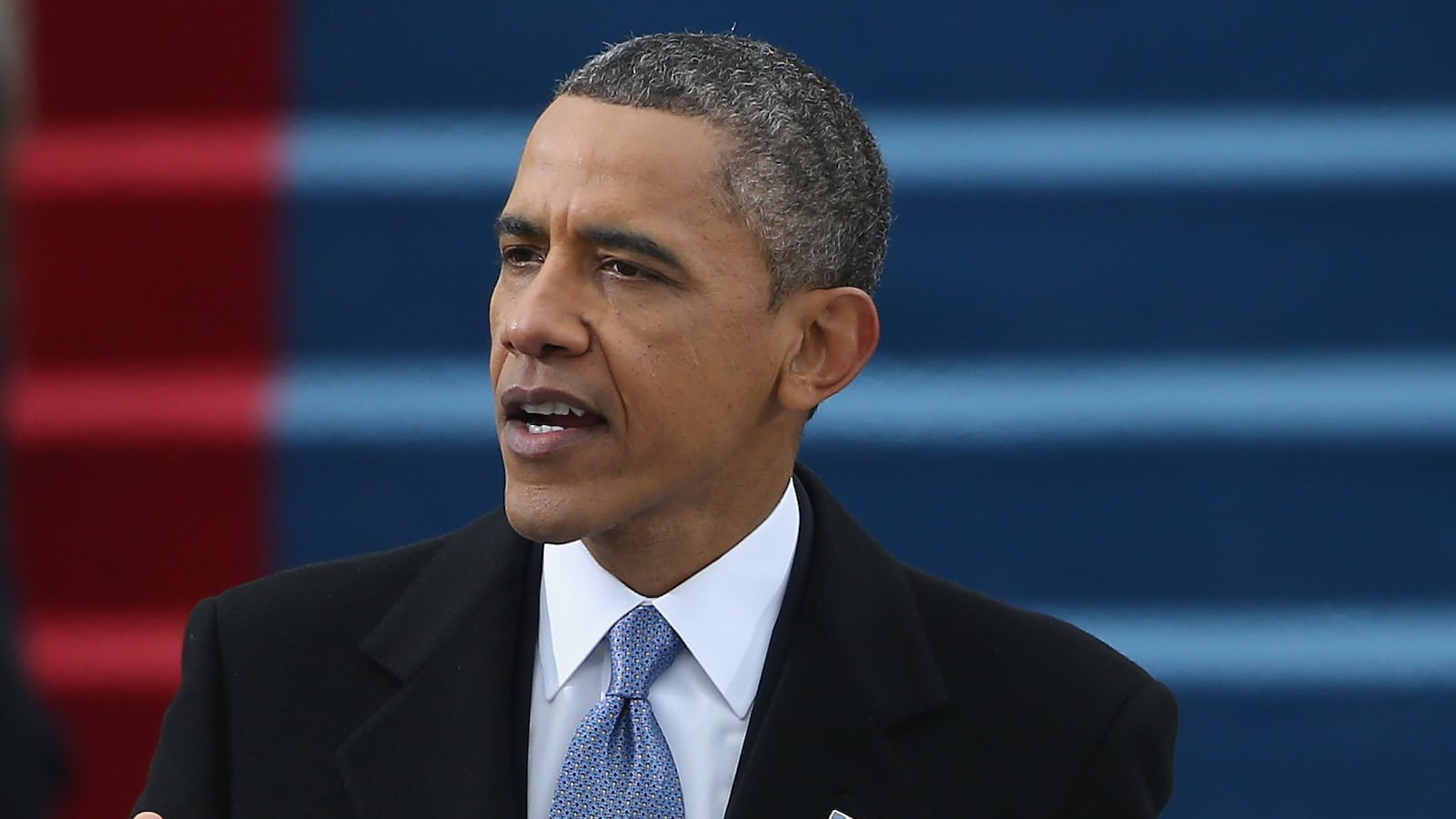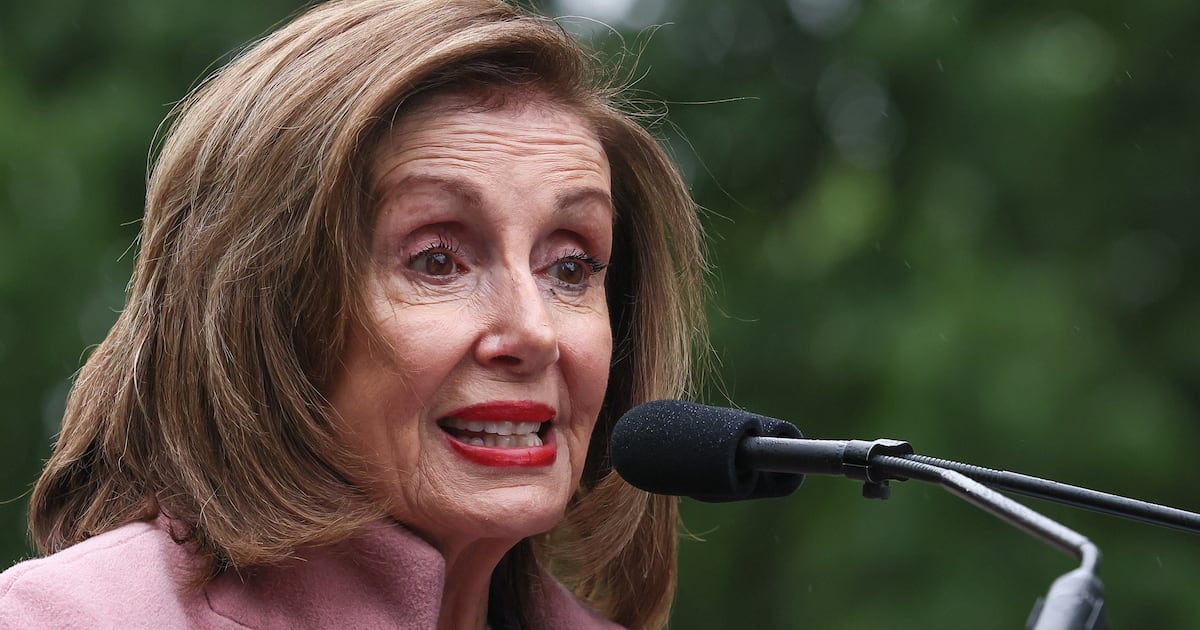Between 1801 and 1913, presidents communicated with Congress in writing, not by speech. During that period, the inaugural address fulfilled the function now occupied by the State of the Union address.
William Henry Harrison's notoriously long inaugural address expounded the theory and program of the anti-Jacksonian Whigs. Grover Cleveland defended restrictions on Chinese immigration. William McKinley upheld the gold standard against bimetallism. And so on.
The modern inaugural address was invented by Woodrow Wilson. Intending to revive the ancient Federalist practice of offering his legislative program to Congress in person, he used his inaugural address to speak more thematically about his vision of government.
At last a vision has been vouchsafed us of our life as a whole. We see the bad with the good, the debased and decadent with the sound and vital. With this vision we approach new affairs. Our duty is to cleanse, to reconsider, to restore, to correct the evil without impairing the good, to purify and humanize every process of our common life without weakening or sentimentalizing it.
This is a far cry from Benjamin Harrison using his inaugural address to defend the decision to admit the Dakota territory into the Union as two states rather than one.
Wilson's immediate Republican successors rejected his lofty inaugural style. Herbert Hoover reverted to the older way, with a dense speech dealing at length with law enforcement, education, public health, and so on. But Franklin Roosevelt's famous first inaugural emulated and improved the Wilson method, and ever since, that's the way most presidents have used their inaugural addresses: to introduce broad themes and general ideas, not to introduce a legislative program.
Until now.






